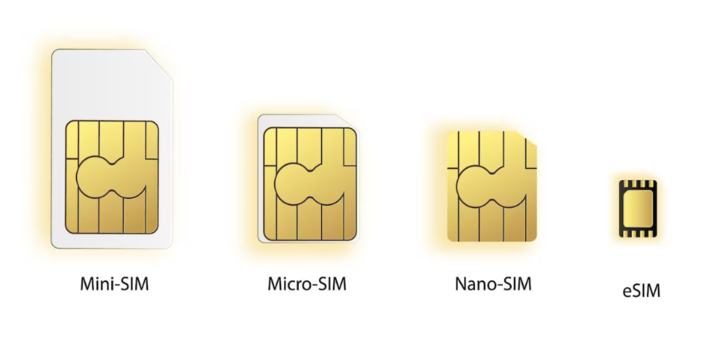The evolution of SIM card technology reached a significant milestone with the introduction of the embedded SIM, or eSIM. This innovative technology represents a paradigm shift in mobile connectivity, moving away from the physical SIM cards to a fully integrated solution. eSIMs mark the beginning of a new era in telecommunications, offering unprecedented flexibility, improved functionality, and paving the way for the future of connected devices. This article delves into the concept of eSIMs, exploring their inception, features, and the transformative impact they have on the telecommunications landscape.
The advent of eSIM technology
As the demand for smaller, more efficient, and highly connected devices grew, the limitations of physical SIM cards became increasingly evident. The eSIM was developed as a response to these challenges, offering a built-in alternative that eliminates the need for a physical SIM card and slot, thus freeing up valuable space within devices.
Design and integration
Unlike traditional SIM cards, eSIMs are not removable. They are embedded directly into the device’s circuit board during manufacturing. This integration allows for a more robust design, reducing the susceptibility to physical damage and wear that can occur with the handling of traditional SIM cards.
Storage and functionality
eSIMs maintain all the functionalities of traditional SIM cards, such as storing user information and enabling network authentication. However, they also offer advanced features such as the ability to hold multiple profiles and the capacity for remote provisioning and management. Users can switch between network operators or data plans without the need to physically replace a SIM card, streamlining the process significantly.
The impact of eSIM technology
Enhancing device design and functionality
The adoption of eSIM technology has been a boon for device manufacturers. The space saved by eliminating the physical SIM card slot can be utilised for other components or to make devices slimmer and lighter. Moreover, eSIMs are ideal for devices where space is at a premium, such as wearables and IoT devices.
Facilitating seamless connectivity
eSIMs simplify the process of switching between network providers and data plans, making it more user-friendly and less reliant on physical components. This is particularly beneficial for international travellers, who can switch between local carriers easily, and for IoT applications where remote management of network profiles is crucial.
Promoting sustainability
By eliminating the need for plastic SIM cards and the associated packaging, eSIM technology contributes to environmental sustainability. It reduces the carbon footprint associated with the production, distribution, and disposal of traditional SIM cards.
In summary
- Characteristics:
- Eliminate the need for a physical card slot, contributing to further device miniaturisation
- Allow users to switch carriers or plans without swapping physical SIMs, ideal for frequent travellers
- Usage and features:
- Offers greater flexibility for device manufacturers and users, eliminating the need for a physical SIM slot
- Facilitates easier switching between network providers and is ideal for devices where space is at a premium, like wearables and IoT devices
- Pros:
- No physical swapping required; easier carrier switching
- Better for the environment; reduces the need for plastic SIM cards
- Ideal for IoT devices where space is at a premium and remote management is necessary
- Cons:
- Transition requires infrastructure changes from carriers
- Not all devices/carriers support eSIM technology yet
Comment on this article via X: @IoTNow_











